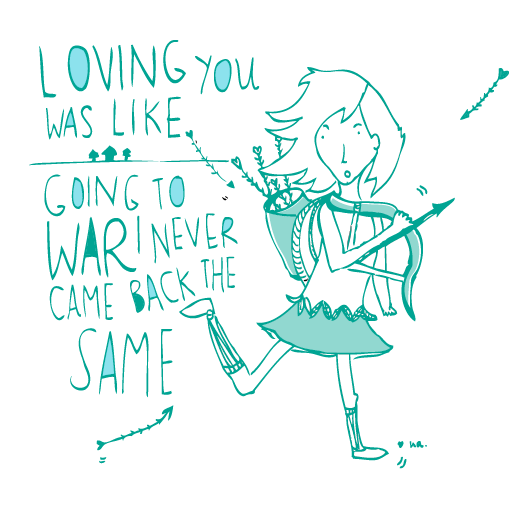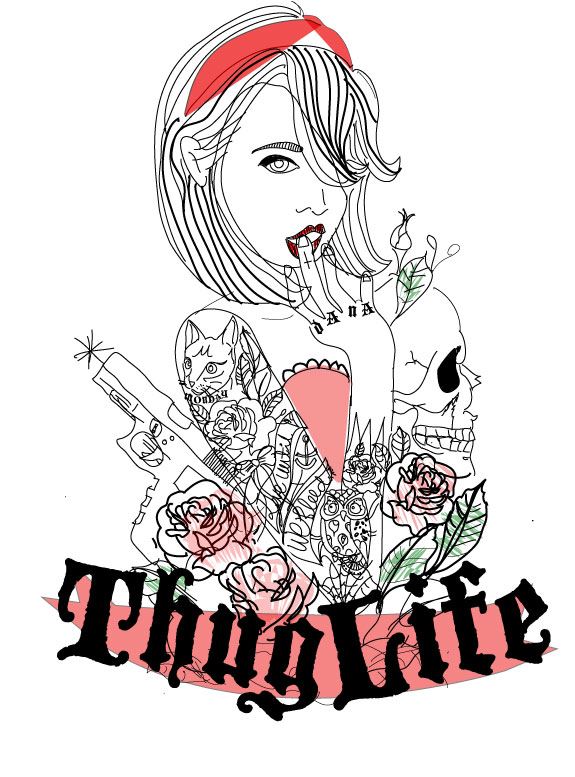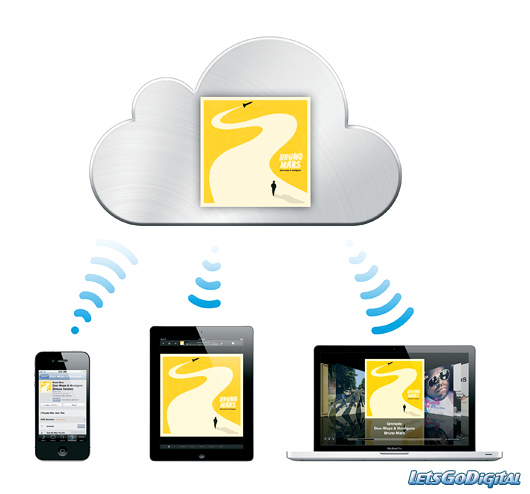Essays.
I was reading through the reading from Paul Graham about the “The Age of the Essay” the other day, and I found it a rather enlightening piece. Wasn’t the best article that was crafted I suppose, but Paul Graham managed to pick out underlying evidence of what we students of the 21st century have cave into the whole system of structures. In turn requiring us to follow these structures and produce a “well written and structure” essay in school.
I’ve always wondered what exactly makes a good essay? I googled this down and the first link that came about on my page was from a page of the Monash University Website on what makes a good essay…
1. Introduction
2.Arguement
3.Claims and Evidence
4.The issue
5.Summarizing ideas
6.Critiqing ideas
7.Returning to the issue
8.Another example of the critique
9. Restating the argument
10. Conclusion
From what I’ve learnt from going to Lorna Whiston when I was at the the age of 6, having speech and drama classes, reading lots of books, attending plays like “Midsummers Night Dream” at the Fort canning, appreciating art/culture my entire life, and having the opportunity to study pure literature back in school, writing argumentative pieces in high school, being in debates, there was always a structure in everything that we did. Paul Graham talked about how we “shouldn’t be doing as you’re told”, ” writing is made to seem boring and pointless”. Well in my opinion, this is how the world works, i guess the whole idea of having to write whatever we want whether is it rhetorically or in facts, will somehow result in a social discourse if we do not to do as we’re told.

Who can say or write what to whom in what situations? Who has access to the various forms or genres of discourse or to the means of its reproduction? Who am I to think out loudly? Is it true that the less powerful people are, the less they have access to various forms of text or talk? From what I came across from a reading that i found from the net by Teun A. Van Dijk who wrote about the Structures of discourse and structure of power, he said ” Ultimately, the powerless have literally “nothing to say,”, nobody to talk to , or must remain silent when more powerful people are speaking…” Again, who is Teun A. Van Dijk for me to trust his words on that, what makes him reliable? Just because he’s a graduate of communication from the university of amsterdam and who has probably gone through 4-5 years of legid writing to even come up with such analysis, we are slightly inclined to think that whatever he wrote is somehow evident and true, since it’s published and it popped out when i was searching for “Social discourse in writing” To me, what matters is the content.
In my opinion, I think that having structure in essays provides a really great help in the flow in ideas. One may lead to the other, and yes it certainly helps reading so much easier. Come on, if you’re just writing for yourself, and you’re thinking out loud without structures that has been taught and ingrained in us since young.. how do you explain authors writing their own books. PLOT, INTRO, CLIMAX, blah blah blah. It’s the same thing all over again. I’m not saying that without structures we can’t write a good essay. I’m just saying that we are dependent on having structures in our essay that it’s just something that it has been ingrained in us, it makes it impossible for us to sway away from it. And with good content and ideas, it sure makes it effortless for trying to bring your message across.

Sure, I agree with Paul Graham about writing for yourself and thinking out loud. But I have my insecurities too. Don’t you? I had struggles on my first few posts in Network Media, because Elliot said we could write about anything related to the subject. But “Anything” to me wasn’t specific enough, i found myself rambling in my blog posts, and yeah, once in awhile, linking them to my academic readings. Throughout the past few weeks, I was really stressed out. I was just wondering whether I was on “track”, whether my blog posts actually met the REQUIREMENTS of 1. engaging the reader 2. engaging the ideas raised … blah blah blah. (check the blog assessment requirements if you have not done so haha) But it was when, elliot came to me on Monday and gave me feedback that gave me the assurance. And yes, I can finally say that I’m on the right track.
To me, a good essay puts me in a state of trance, it’s good content that resonates with me, it’s through experiences, exposure and alot of practice that helps you whip up a good essay. Good articles just makes me go “woah woah woah” ~ (left with no words to describe how I feel haha) Anyway, Here’s one of my favourite posts written from Thought Catalog : A Memo To The Next Person Who Loves Me. The one article that made me go “woah woah woah” – stabs. I wish I could write like this.
xx.













 (
(